By Kevin Hymel
Private Harry Cruse and the men of the 83th Armored Field Artillery Battalion were waiting for a march order in the snow-swept town of Langlire when they heard an approaching German fighter plane. It was mid January, 1945, and the battalion was helping the 3rd Armored Division close out the Battle of the Bulge.
Cruse’s unit had gotten word back on December 17 that the Germans had broken through the American lines in the south. The men were on the move that same day. As the battalion pushed south the men drove passed the Malmedy Massacre site. “We saw the bodies lying out in the field,” recalled Cruse. “They were covered in snow.” The unit spent the rest of December and the early part of January pushing the German army away from its gains in Belgium in snow, sleet and freezing temperatures, always on the lookout for the enemy.
Red Tracers Lighting Up the Sky
Cruse was sitting in the passenger seat of his Dodge cargo truck, manning a .50 caliber machine gun mounted on a ring turret when the plane roared up behind him at tree-top level. He quickly aimed and pushed the butterfly trigger. A stream of red tracers shot into the sky and punctured the plane’s fuselage. “I probably hit the pilot,” Cruse recalled years later.
There was no fire, but the plane nosed down and exploded on impact less than a mile away. Cruse and some of the men drove out to see his quarry. One soldier cut some of the material off the plane as a souvenir, but no one disturbed the dead Luftwaffe pilot. “He was all clean shaven and well dressed,” said Cruse. Part of the back of the pilot’s head was missing.
One Chance in a Thousand
When asked years later about his feat, Cruse explained, “I thought it was good luck. I never thought I’d shoot an airplane down.”
With the event over, the men returned to Langlire to resume the push south. The end of the Bulge came just a few miles southwest of the battalion’s position, in Houffalize, where elements of the 11th Armored Division, driving north, linked up with the 2nd Armored Division, pushing south. Cruse’s unit continued fighting on the line until they were relieved in early February.
Originally Published December 10, 2014
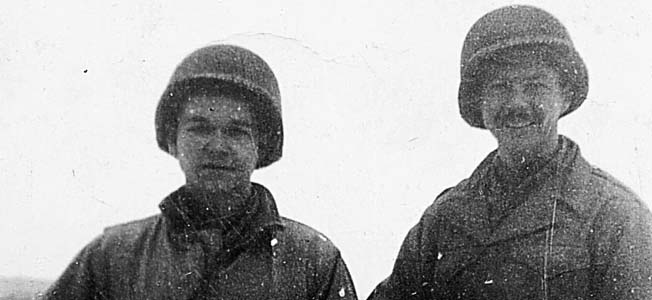
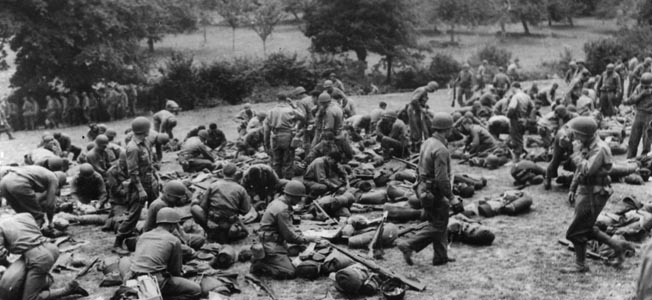
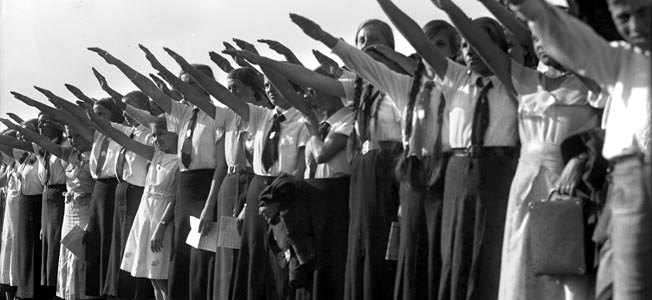
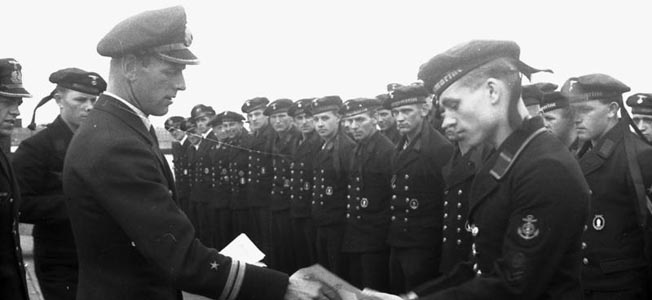
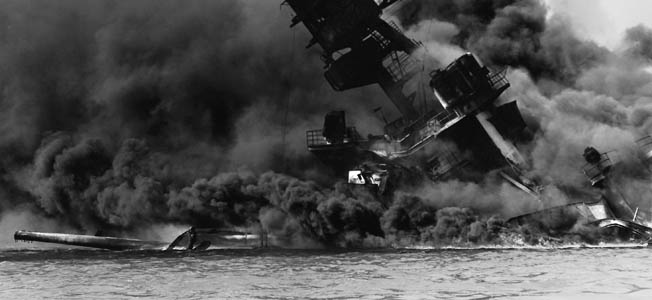
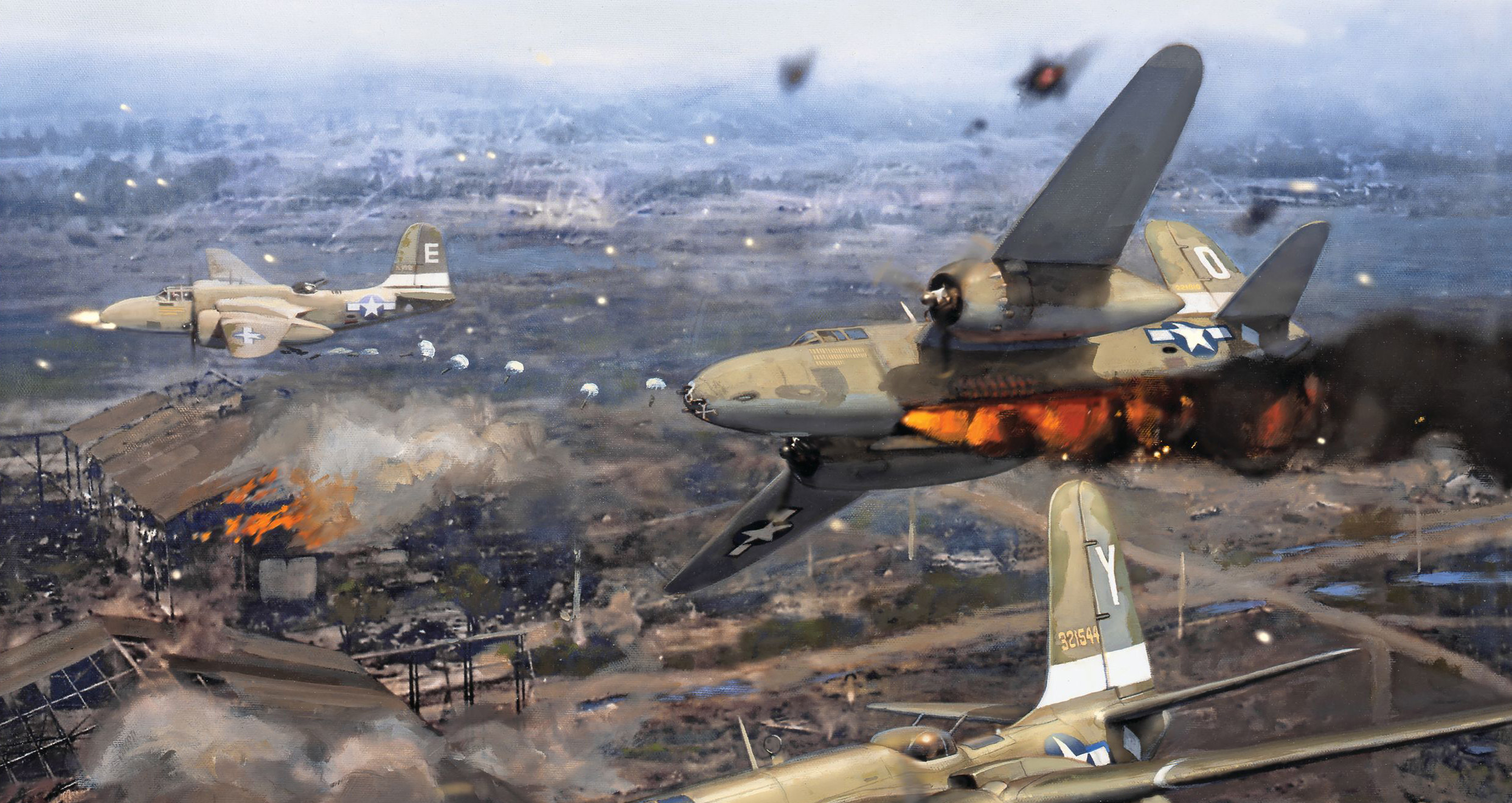
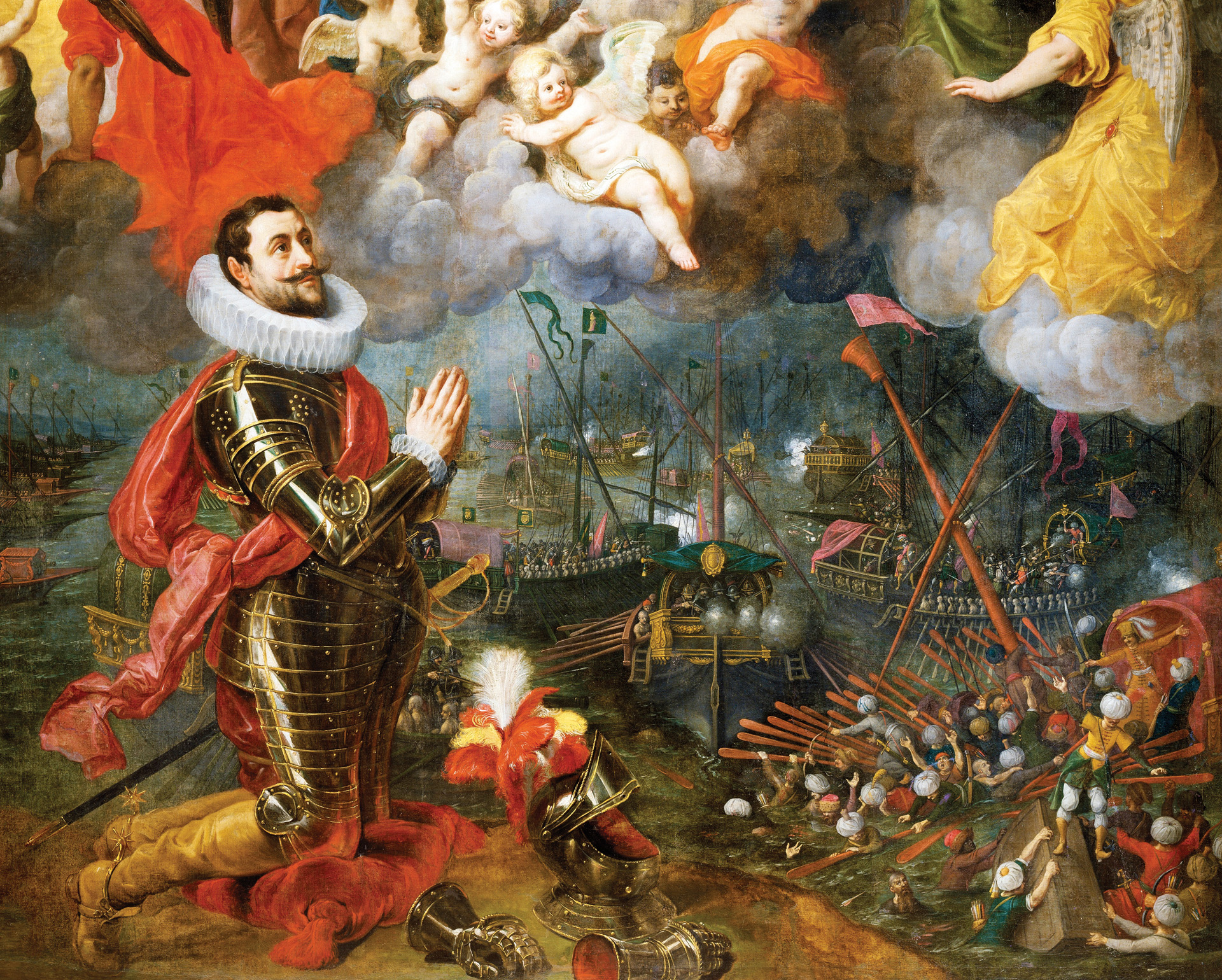
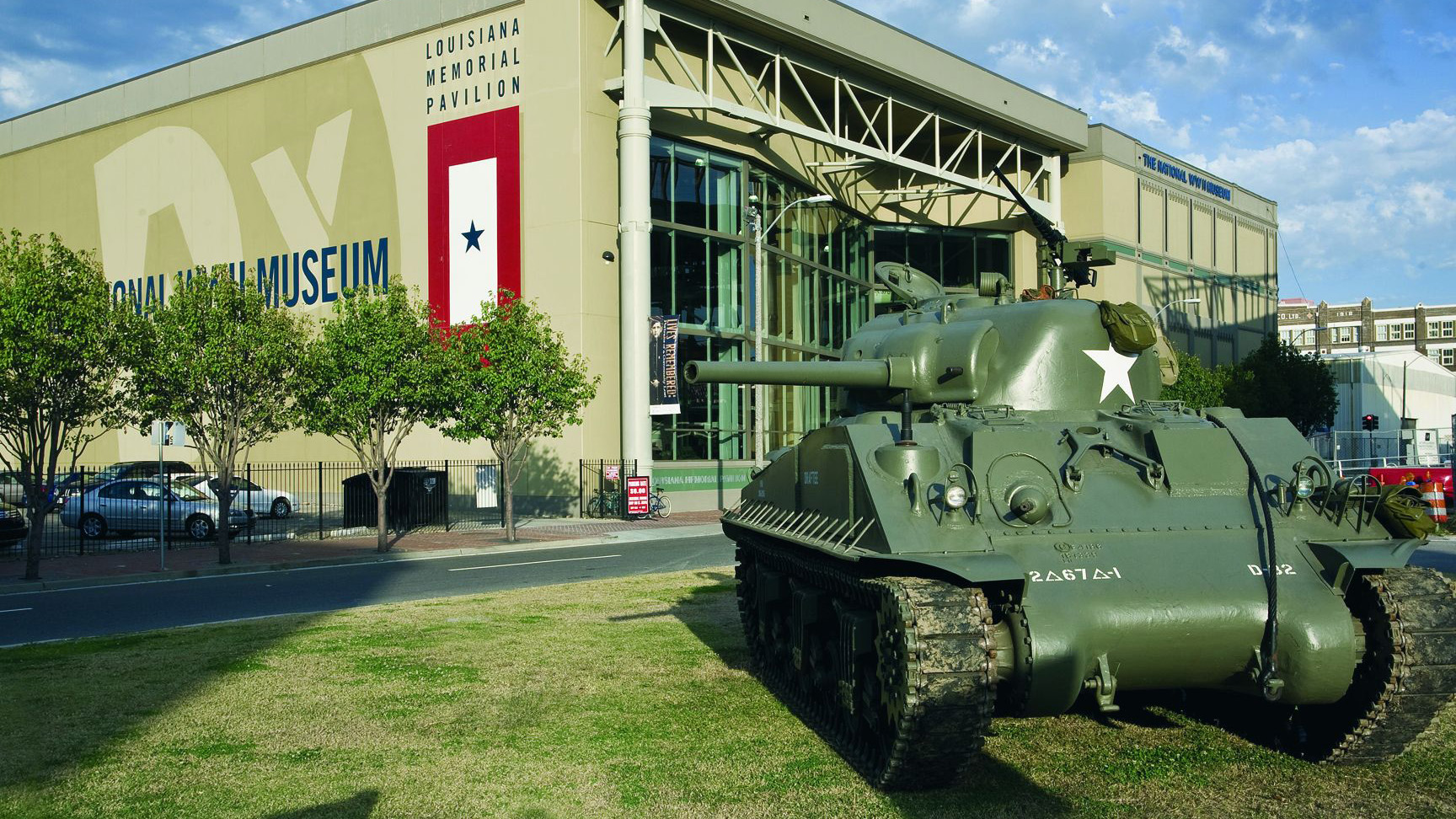
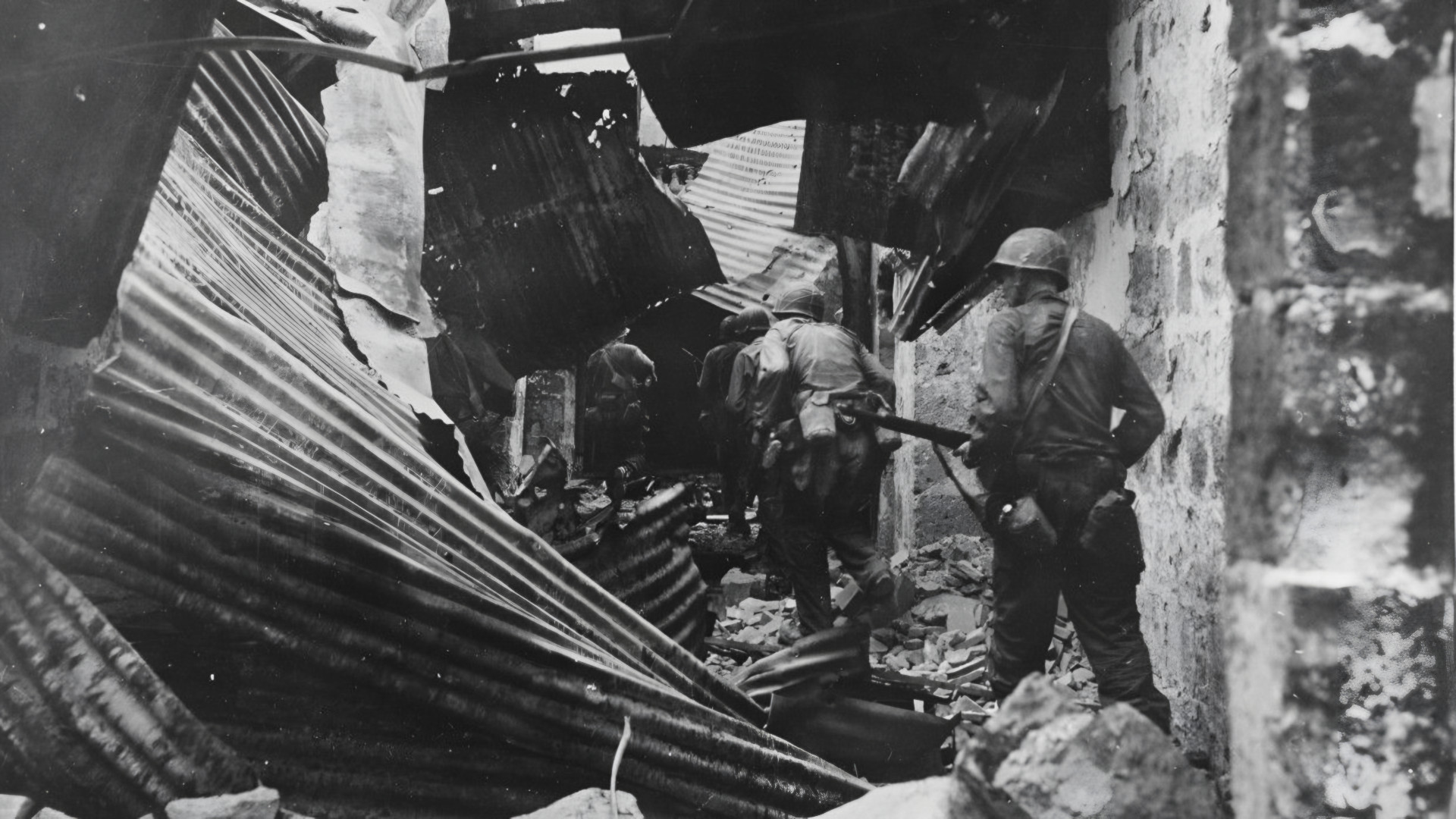
I doubt that he was the only one. And there were no doubt American and British fighters, particularly Mustangs and Spitfires, brought down by German infantrymen firing rifles. Chuck Yeager told me in an Email a few years ago that P-51s were so vulnerable “you could bring one down with a sling shot.” They had glycol cooling systems and a single hit could cause it to leak out and thus cause the engine to lock up. Spitfires also had glycol systems and were equally vulnerable.